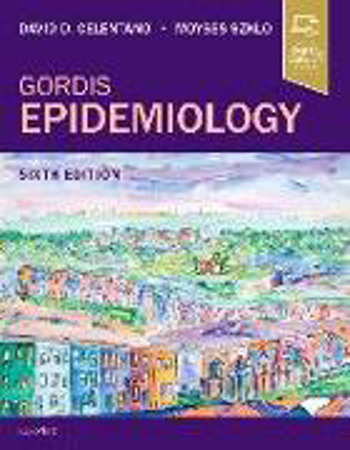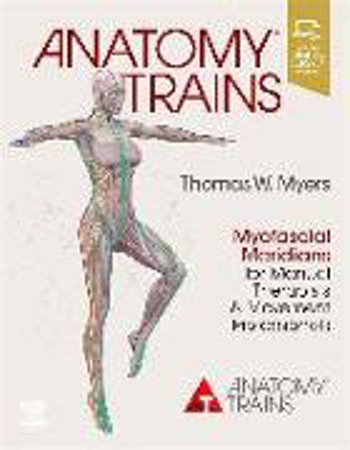Elsevier
From the Department of Epidemiology at Johns Hopkins University and continuing in the tradition of award-winning educator and epidemiologist Dr. Leon Gordis, comes the fully revised 6th Edition of Gordis Epidemiology. This bestselling text provides a solid introduction to basic epidemiologic principles as well as practical applications in public health and clinical practice, highlighted by real-world examples throughout. New coverage includes expanded information on genetic epidemiology, epidemiology and public policy, and ethical and professional issues in epidemiology, providing a strong basis for understanding the role and importance of epidemiology in today's data-driven society
Get a multi-dimensional understanding of musculoskeletal anatomy with Anatomy Trains: Myofascial Meridians for Manual Therapists and Movement Professionals, 4th Edition. This hugely successful, one-of-a-kind title continues to center on the application of anatomy trains across a variety of clinical assessment and treatment approaches - demonstrating how painful problems in one area of the body can be linked to a "silent area" away from the problem, and ultimately giving rise to new treatment strategies. This new fourth edition has been fully updated with the latest evidence-based research and includes new coverage of anatomy trains in motion using Pilates-evolved movement, anatomy trains in horses and dogs, and the updated fascial compendium on elements, properties, neurology, and origins of the fascial system. This new edition also features an enhanced eBook format included with purchase as well as new photos and images throughout both text versions. In all, this unique exploration of the role of fascial in healthy movement and postural distortion is an essential read for physical therapists, massage therapists, craniosacral therapists, yoga instructors, osteopathologists, manual therapists, athletic and personal trainers, dance instructors, chiropractors, acupuncturists, and any professional working in the field of movement





















